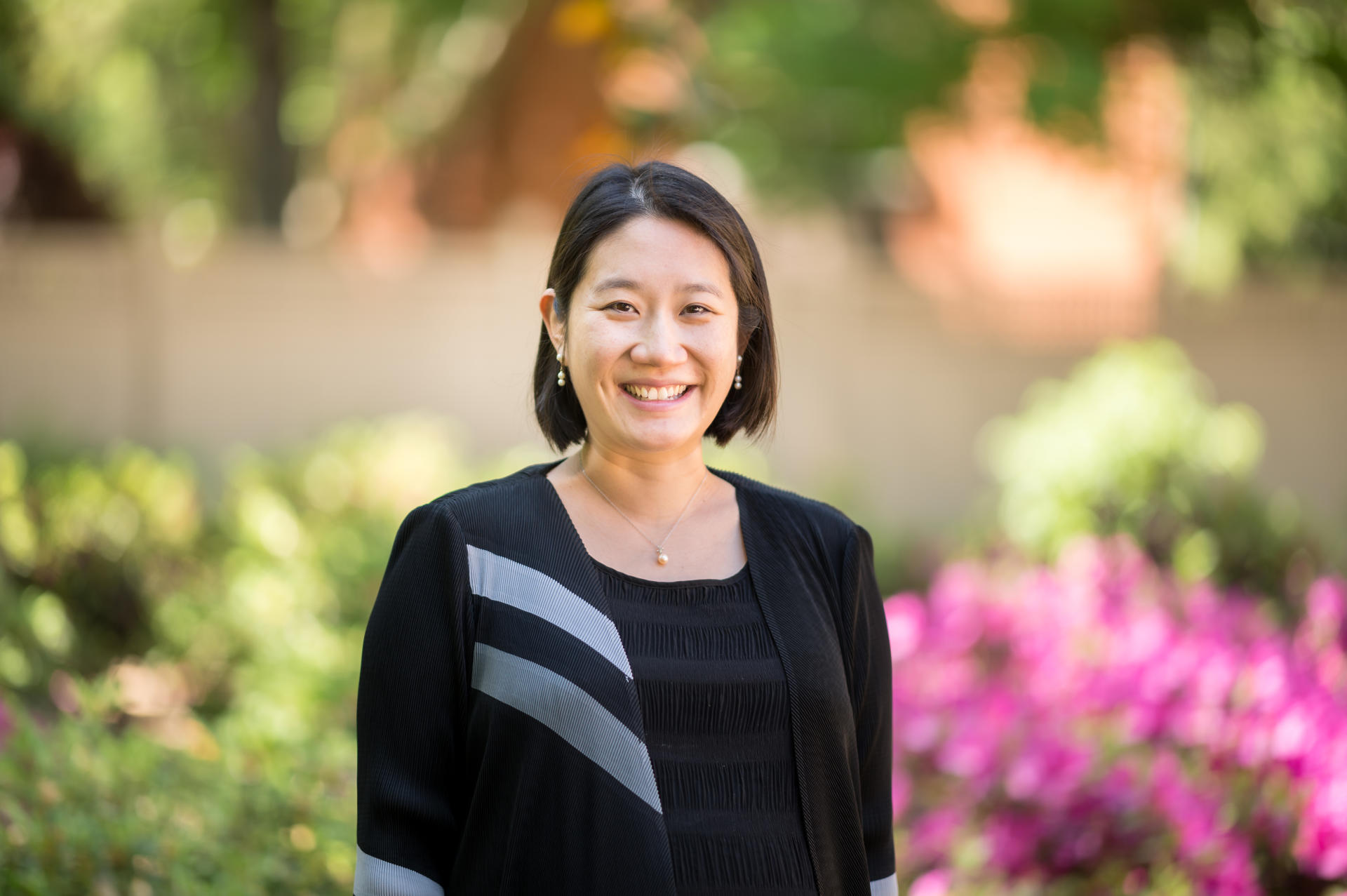Department of Energy Grant Funds Research by Chico State and Others to Develop New Battery Tech

Chico State’s commitment to reducing its carbon footprint through energy conservation is outlined in its Strategic Priority of Resilient and Sustainable Systems. The University is also focusing on developing technologies to support renewable energy production to help the nation meet its growing demand for electricity.
The State of California, with more than 280 days of sunshine, has the ideal climate to generate electricity from one renewable energy source, solar energy. However, storing the electricity for use during the night or on overcast days remains a significant challenge—a challenge that Chico State faculty are working to overcome with the support of a multi-year grant from the US Department of Energy (DOE). The three-year, $2.25 million grant from the DOE’s Office of Electricity and the Office of Basic Energy Sciences will fund a collaborative research project to maximize the storage capacity of low-cost batteries.
Monica So, Principal Investigator and Associate Professor in the Department of Chemistry and Biochemistry, and Kathleen Meehan, co-PI and Professor in the Department of Electrical and Computer Engineering, will contribute to this potentially groundbreaking project. The other co-PIs on the project are Philip Dirlam from San José State and Liwen Wan from Lawrence Livermore National Laboratory.
So, whose exemplary teacher-scholar achievements were acknowledged earlier this year with one of the University’s Professional Achievement Honors and one of the nationally recognized Henry Dreyfus Teacher-Scholar Awards, said the grant’s goals are multifold, foremost developing novel materials to enhance lithium-sulfur (Li-S) batteries to meet both US energy storage demands and the urgent national need to achieve a carbon pollution-free electricity grid by 2035.
“The key to electrification requires improvements in energy storage technologies, particularly in Li-S batteries, which have considerable advantages over competing battery technologies due to their inherent high energy densities, potentially lower cost and fewer safety concerns,” she said. “However, several challenges related to the dissolution and diffusion of polysulfides limit commercialization of Li-S batteries.”
The three-year project began in August 2023. The grant will enable Chico State and San José State to purchase state-of-art equipment, provide research materials and supplies to be used in the development and characterization of the Li-S batteries and fund travel to conferences where the PIs and participants can discuss their research findings with other researchers in the field. Another valuable contribution that the PIs will make during the three-year project is the research training and professional development of the 22 students and two postdoctoral scholars, creating a local pool of talented scientists and engineers who can continue to develop technologies for a more sustainable energy future.
The grant is part of a $70 million package through the DOE’s RENEW Initiative, which aims to support research by historically underrepresented groups in science, technology, engineering and mathematics (STEM). So said another goal of this project is to prepare and mentor student STEM scientists from underrepresented minority, first-generation college student and women subpopulation groups. The PIs will study approaches to recruit students into the STEM fields and increase retention rates in the sciences and engineering at Chico State and San José State. The results of this study are expected to not only identify ways in which programs can attract and keep a higher percentage of women and other underrepresented groups in STEM disciplines, but can be used to improve the retention of all students who are interested in majoring in a STEM field.
“We hope to see retention and graduation of more than 90 percent of the participants and to jumpstart the careers of two early career scientists,” So noted. “This will be accomplished through comprehensive recruitment workshops, inclusive environment management for research and training of all participants and mentorship matching to provide participants with unique career development opportunities.”


